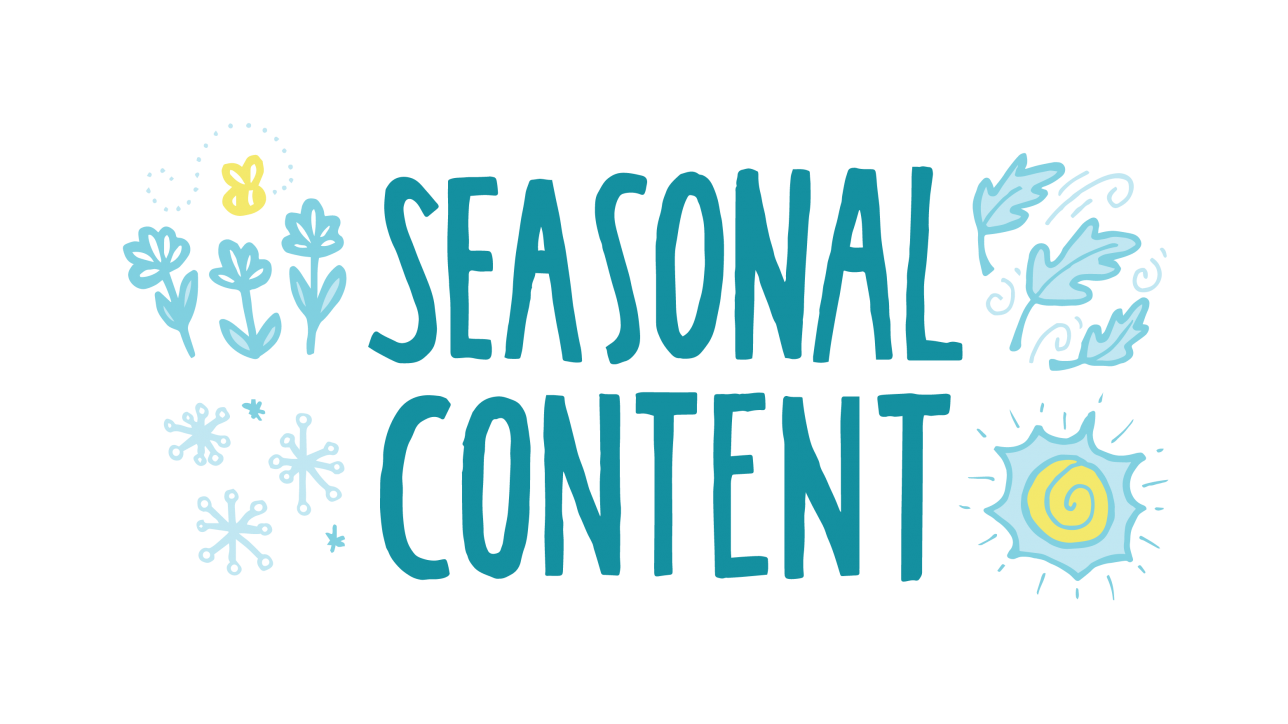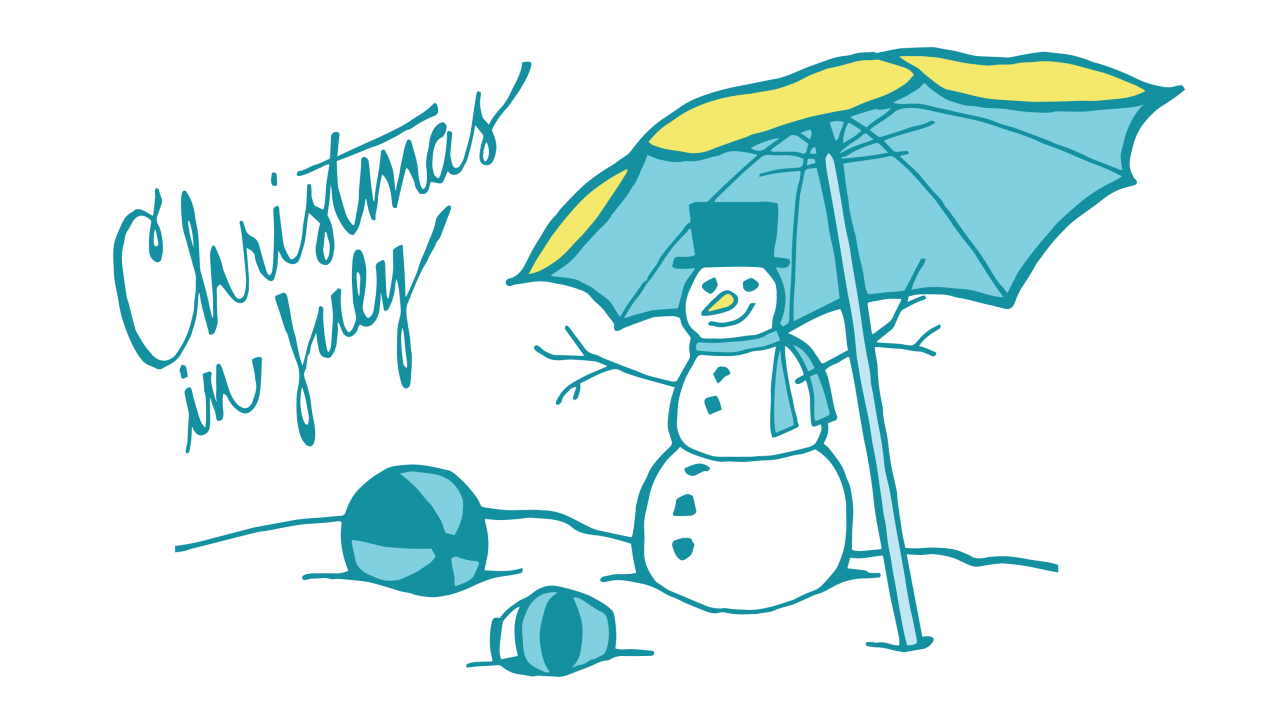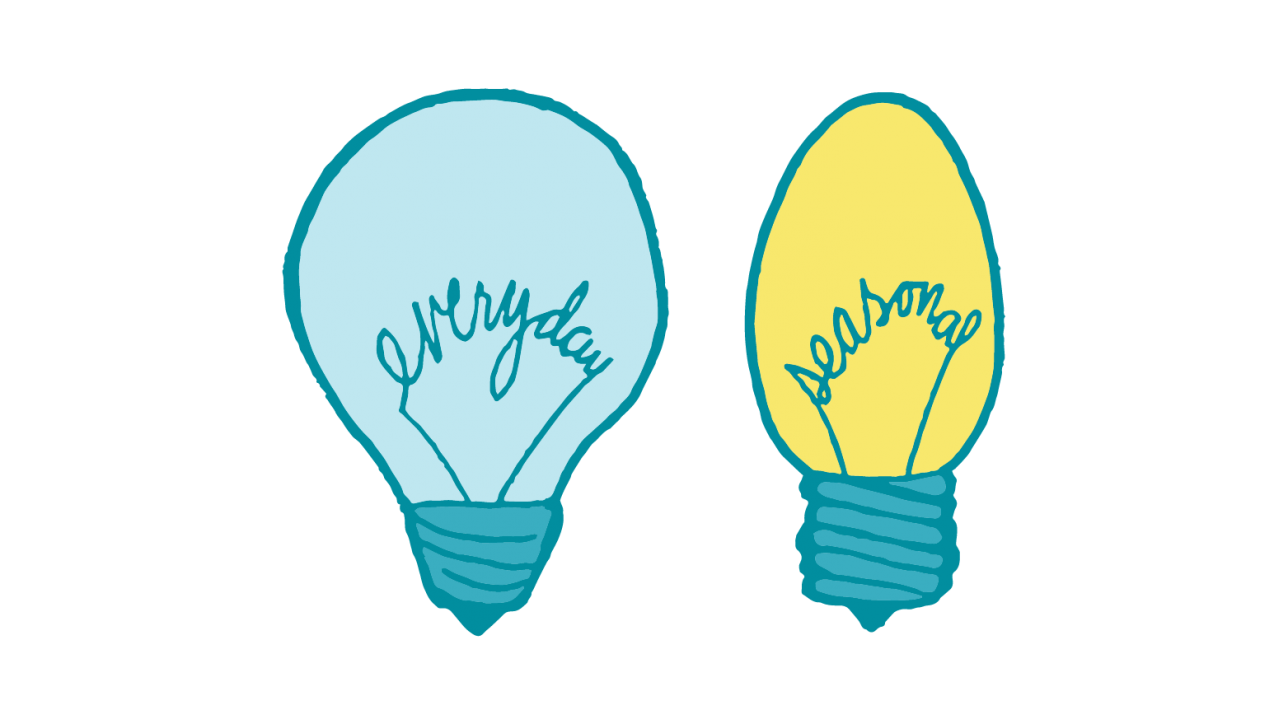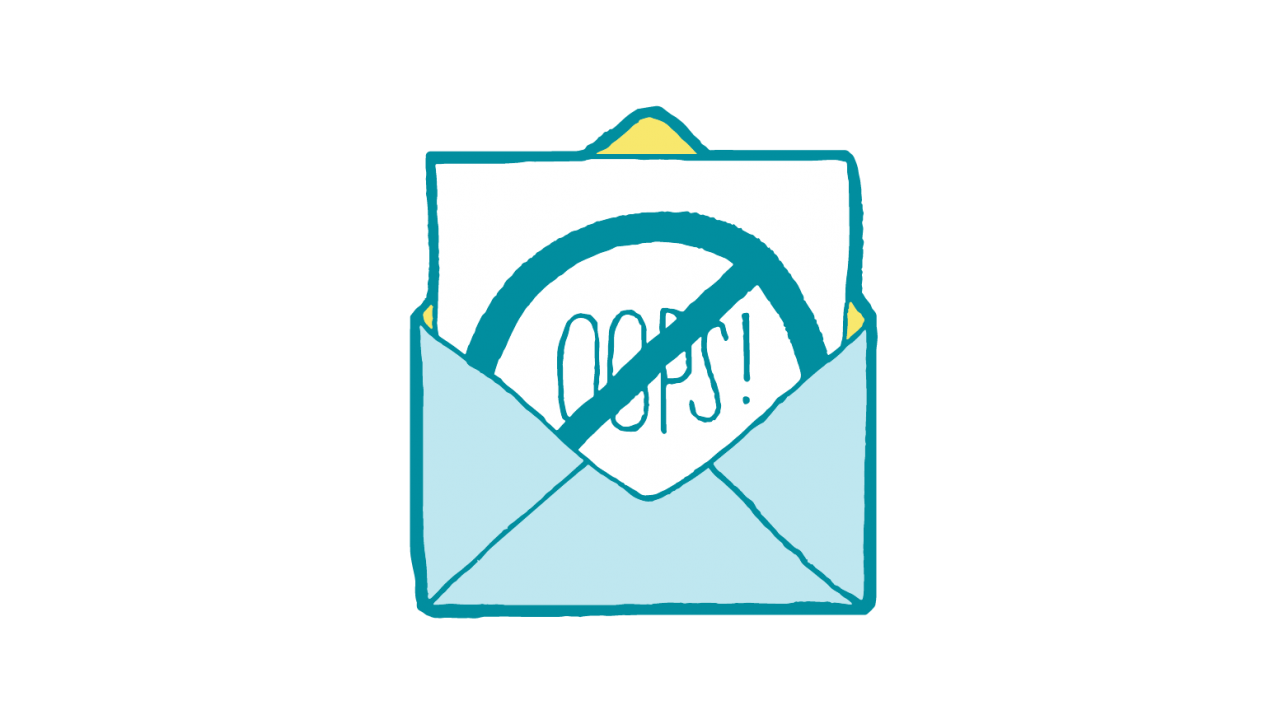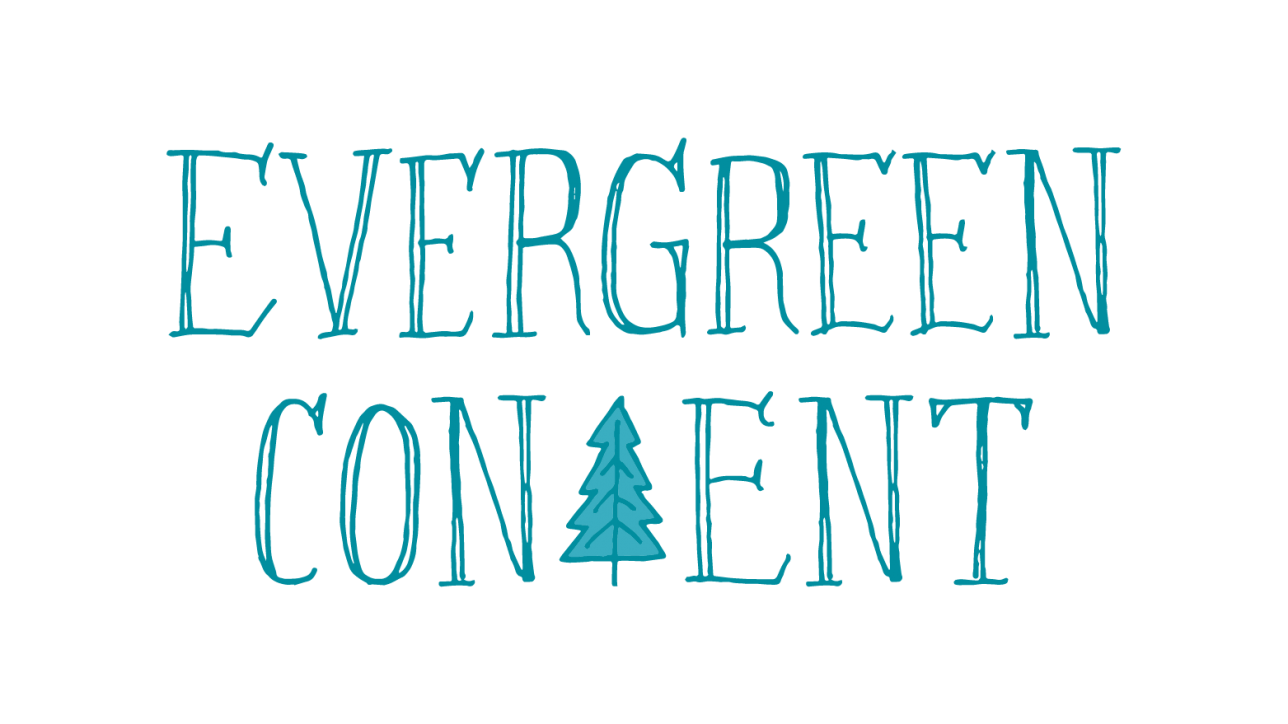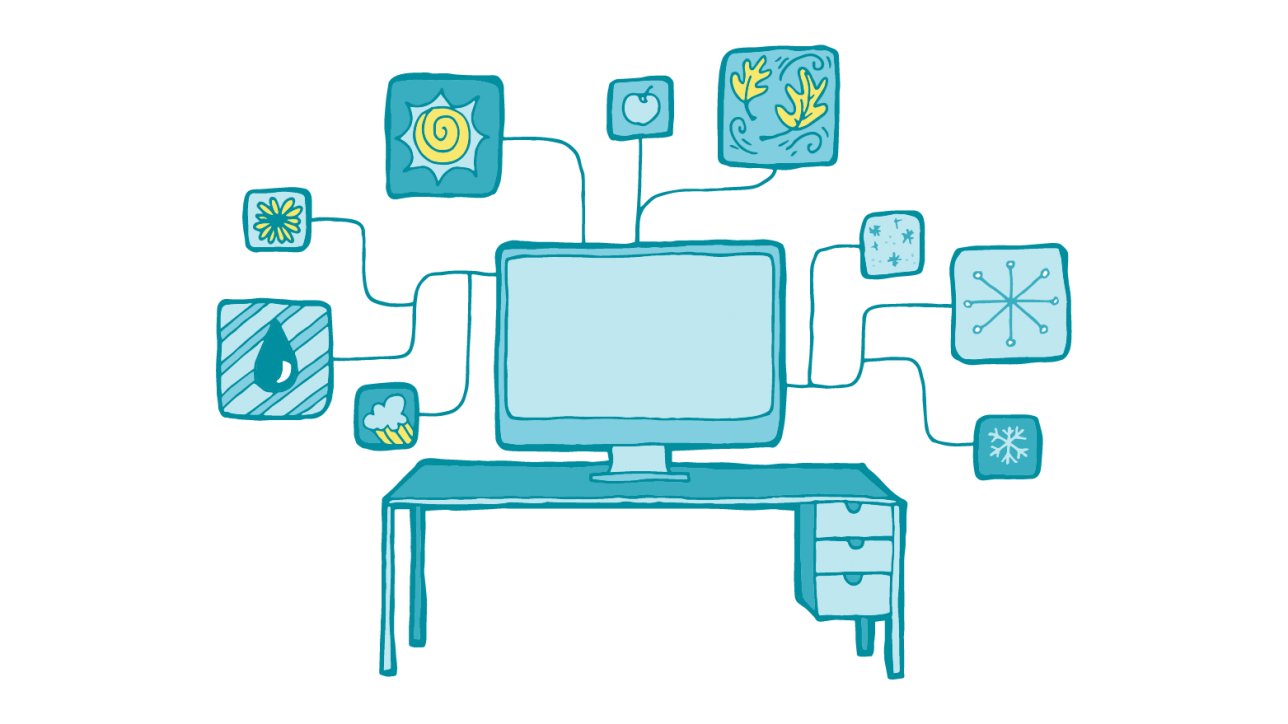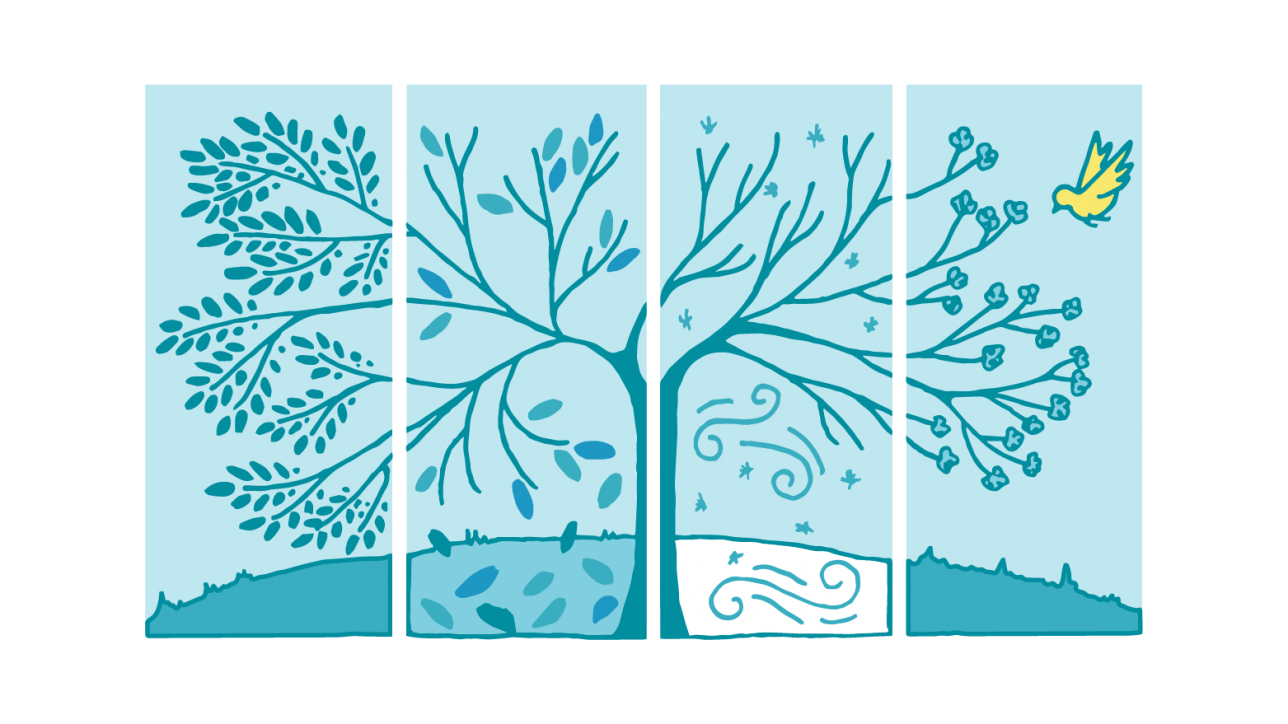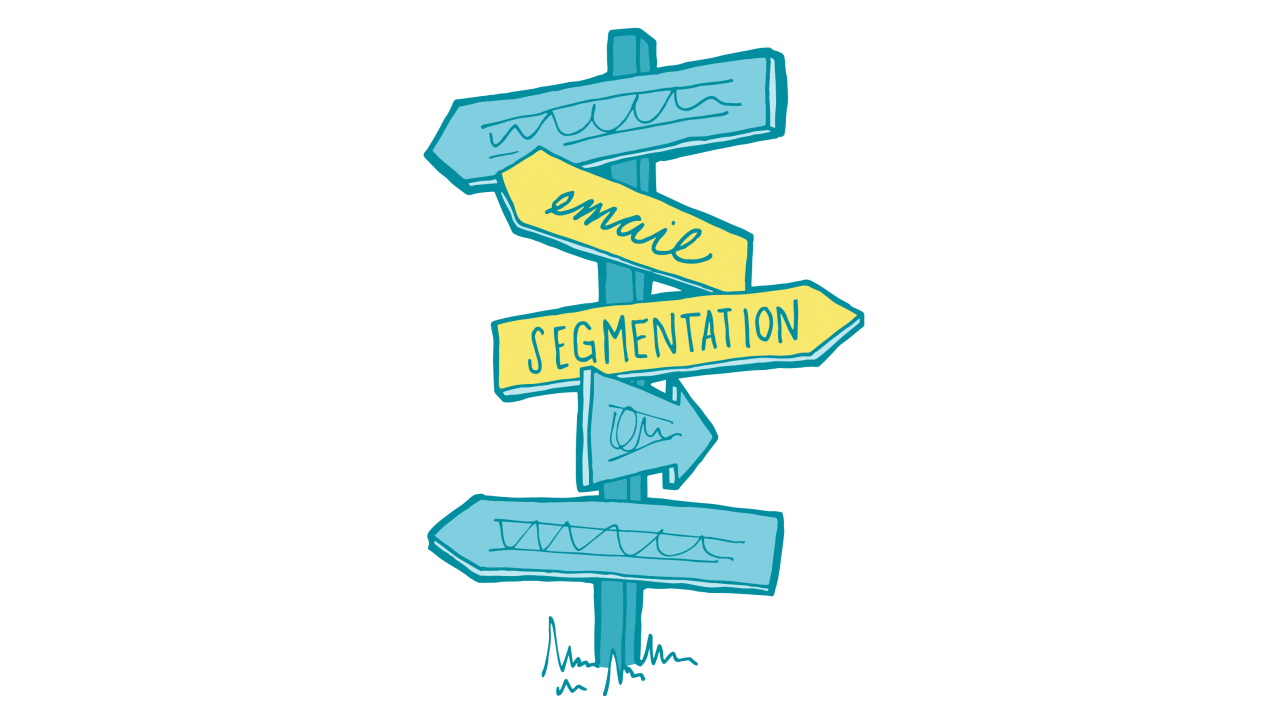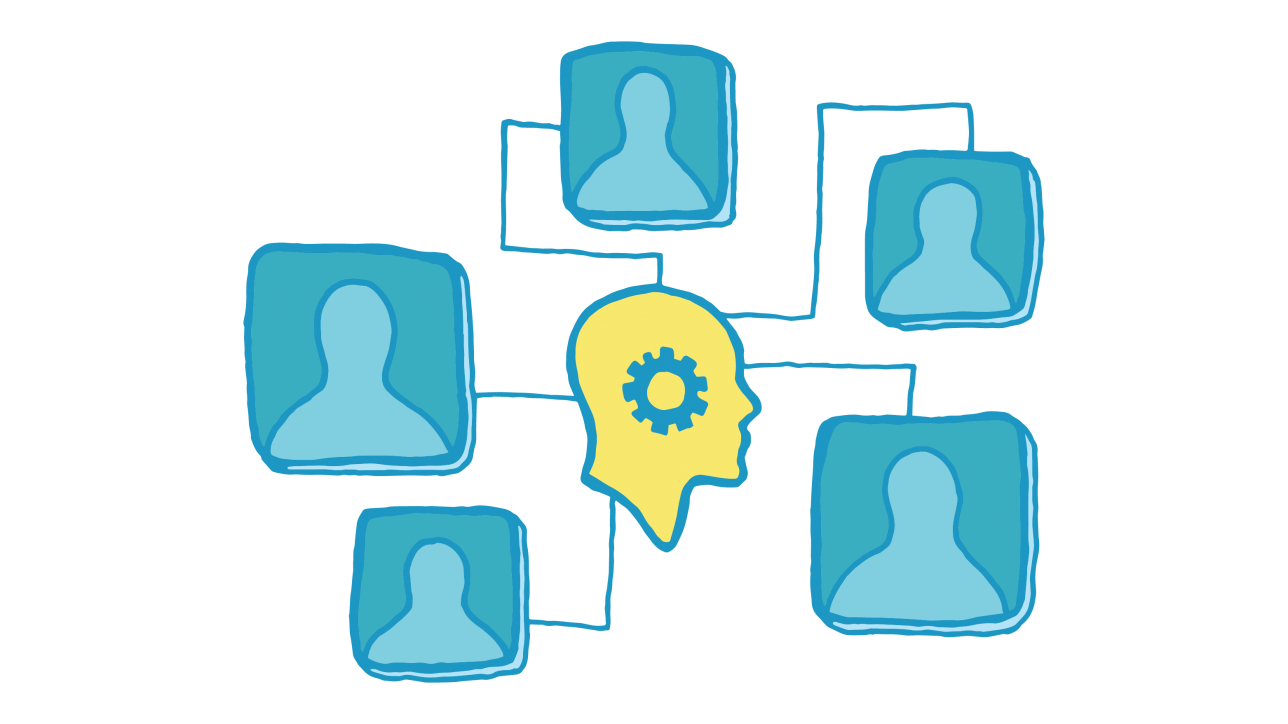A lot of people are thinking, talking, and writing about segmentation these days, and for good reason. Segmentation can increase engagement up to 50% or more. It’s a smarter way of delivering the most relevant content possible. However, defining market segments for your content depends highly on the type of business you run, if it’s B2B or B2C, and on what your goals are for your content. With the general goal of turning leads into customers, here are 14 strategies to get you beyond welcome emails and post-purchase emails.
Define
1. Natural Variation
Start by looking at your email list. Do you see any natural variations? One of the first things you might notice is the range of email providers (gmail, yahoo, etc.) on your list? You might be able to segment your prospects/customers by where they work right off the bat simply by looking at their email address.
2. Location
Location is another basic way to segment your audience. You can create segments by country, region, city, zip code and more and tailor your content to each segment. Do you have an event coming up in their city or in their neighborhood? If you have multiple brick-and-mortar stores, and one of your locations has a special event coming up, look for prospects with zip codes near that location.
If you run a retail store with a variety of products that may be weather related, consider the forecast in each of your geographic locations. Is a part of the country about to experience rain or snow? Do you sell rain boots? Use the opportunity to send a personalized email to folks you think might be in need of rain gear or snow pants very soon.
3. Gender
Face it. Men and women want different things. And if you have a wide array of products that appeal to both genders, such as beauty/grooming products, footwear, etc., segmenting by gender could be the way to go. Just don’t forget to adjust the text and images to match each segment.
Segmenting by gender also offers a way to segment by a single variable, which is a manageable way to get started with segmentation if you’re just beginning.
4. Age
Age can be another smart way to define segments because the way people respond to content can vary greatly depending on their age group. People of retiring age might not have as much use for that diaper deal as people aged 20–34 (the prime child-rearing years according to the Pew Research Group). You could target people of different ages as well as parents of children at different ages.
Along with age, consider getting personal by sending past and potential customers an email on their birthday. It’s a great way to say thanks and offer a special discount.
5. Job Title
If you’re a B2B marketer producing content, definitely consider segmenting your customers by job function. Folks with different duties will have different needs, and segmenting in this way gives you the opportunity to speak to those needs in a specific way while delivering that content to the people who need and want it in order to get the best click-through and conversion rates.
6. Buyer Personas
If you have buyer personas, this will be a no-brainer. It’s an easy and automatic way to segment your audience into groups that you’re already familiar with. If you don’t already have buyer personas, you can use your analytic data from your website to begin putting your customers into segments.
(We’ve spent the past couple weeks sharing knowledge about buyer personas on this blog. Check out our recent blog posts to learn more about using buyer personas to write smarter content and how to get social with buyer personas.)
7. Sales Funnel
Depending on where your prospects are in the sales funnel, you’ll want your content to meet different goals. Imagine if you owned a coffee shop. You’d have a completely different message for the person who walks in your store for the very first time than for the regular who shows up at the same time every morning for their daily dose. You can design a lead nurturing campaign around which categories your leads fall into: the top, middle, or bottom of your sales funnel.
8. Buyer Cycle Stage
Similar to the sales funnel option above, you can develop a lead nurturing track for those in each stage of the buyer cycle, such as general awareness/education, preference/interest, purchase, etc.
A quick-and-easy way to segment is to look at those people who’ve just made a purchase. If your goal is to get more product reviews for your site, targeting buyers with a request for a review right after they’ve made a purchase is a smart way to deliver the right content at the right time to the right people. You could also throw in a “buyers who bought X also liked Y” component to keep customers flowing through the cycle.
9. Interests
Using social listening, you can get a lot of information about your potential customers’ interests. Look at Facebook likes, downloads, past purchases, shopping cart wish lists, starred items and more. You can use in-email surveys to gather information about your subscribers’ interests. And you can also create email sign-up forms with check boxes, radio buttons, or drop-down menus so that subscribers can tell you from the start about their interests.
10. Behavior
You can gain a wealth of information—and ideas for defining segments—by looking at people’s behavior on your site, in emails and on social media. Consider segmenting by buying (or not-buying) behavior by looking at lapsed purchases, abandoned items in shopping cart, and frequency of purchases. If you happen to be offering a webinar in the coming weeks, target folks who downloaded e-Books on related subjects. You could also segment by those who actively engage with your emails and those who don’t.
Don’t forget to look at offline behavior too. Perhaps you gathered a list of folks with whom you recently chatted at a trade event. Even better, you might have had check boxes on that list with areas of interest that will allow you to further segment à la #9 above.
11. Brand preferences
Social media is another great place to get information on your potential customers’ brand preferences. You can also look at your past customers’ past purchases to see which brands they’ve purchased multiple times.
12. Transaction history
Transaction history easily segments your potential customers into different groups. Your list can be broken into groups of people who’ve made purchases in the past month, the past 6 months, the past year, etc. Then, tailor your content to each of these different audiences depending on what you want them to do. For folks who haven’t made a purchase in a long time, you may be back at the awareness and education stage. For those who’ve made more recent purchases, you may have a better idea about their interests and can use that strategy to segment them even further to send more one-on-one style emails based on what they might be likely to purchase again.
Another idea for segmenting within transaction history is to look at the frequency of certain purchases. Do customers purchase the same item on a yearly or even a monthly basis? You can use that information to hone your content and the timing of your delivery accordingly.
However you do it, make sure each segment has growth potential and is clearly definable, accessible, and actionable. Once you define your segments, you need to determine what you want the goal of the content for each segment is. What do you want your target prospect or customer to do once they interact with your content? Consider what information the people in your segments need and how they prefer to get that information (email, social media, etc.). Then, target your content to your segments, considering voice, format, length, timing, etc.
Refine
After you deliver your content, you want to make sure you measure the results and refine your segments and your content accordingly. The key to refining your segmentation strategy (or strategies) is getting good data and then listening to it. Your customers are telling you things about themselves through their interaction (or lack of interaction) with your content.
13. A/B Testing
For email marketing campaigns, test your segments for the following
- delivery rate
- view rate
- open rate
- click-through rate
- sales conversion
Use the results to refine not only your segments but also your content for each segment.
14. Create a content map.
This strategy deals with looking at the content you’re currently creating. You want to map your content onto your sales funnel to see what areas you’re creating a lot of content for and where you need to create more. If, based on the segments you created in #7 above, you see that you’ve been creating content for a segment of your prospects/customers that’s underpopulated, you can move toward creating content for the areas in which you customers/prospects do appear with the goal of moving them down the funnel. You can apply this strategy to your buying cycle, by mapping your content onto your buying cycle stages. You can also map your content onto your buyer personas and adjust as needed.
When you measure well, the data gives you valuable insight into whether or not you’re reaching the goal of each content piece.
There you have it: 14 tips for defining and refining your segmentation strategy. One last reminder: as you’re defining segments and measuring engagement, always keep your ideal takeaways on top of mind for every single piece of content you’re producing.
14 Ways to Define and Refine Your Segmentation Strategy April 17th, 2015Filament Content Specialist

